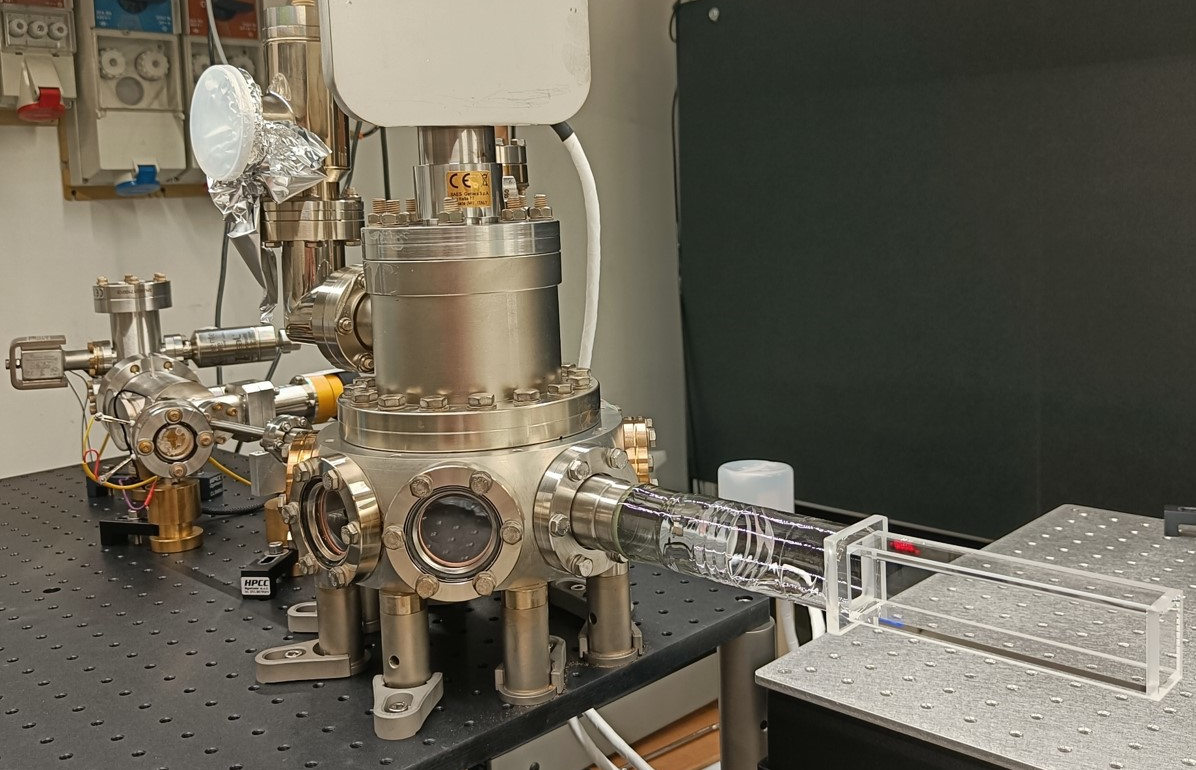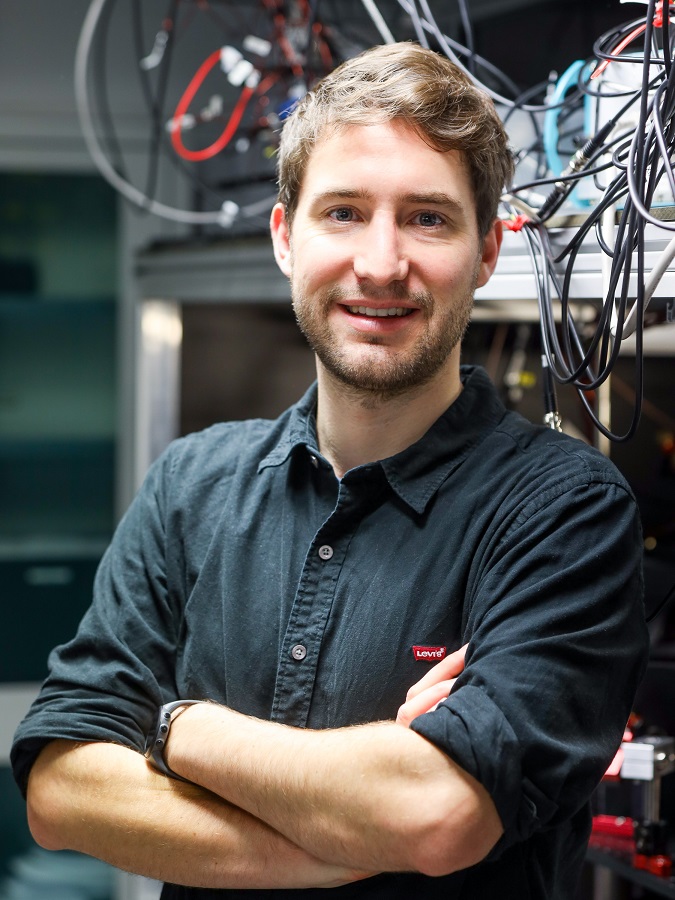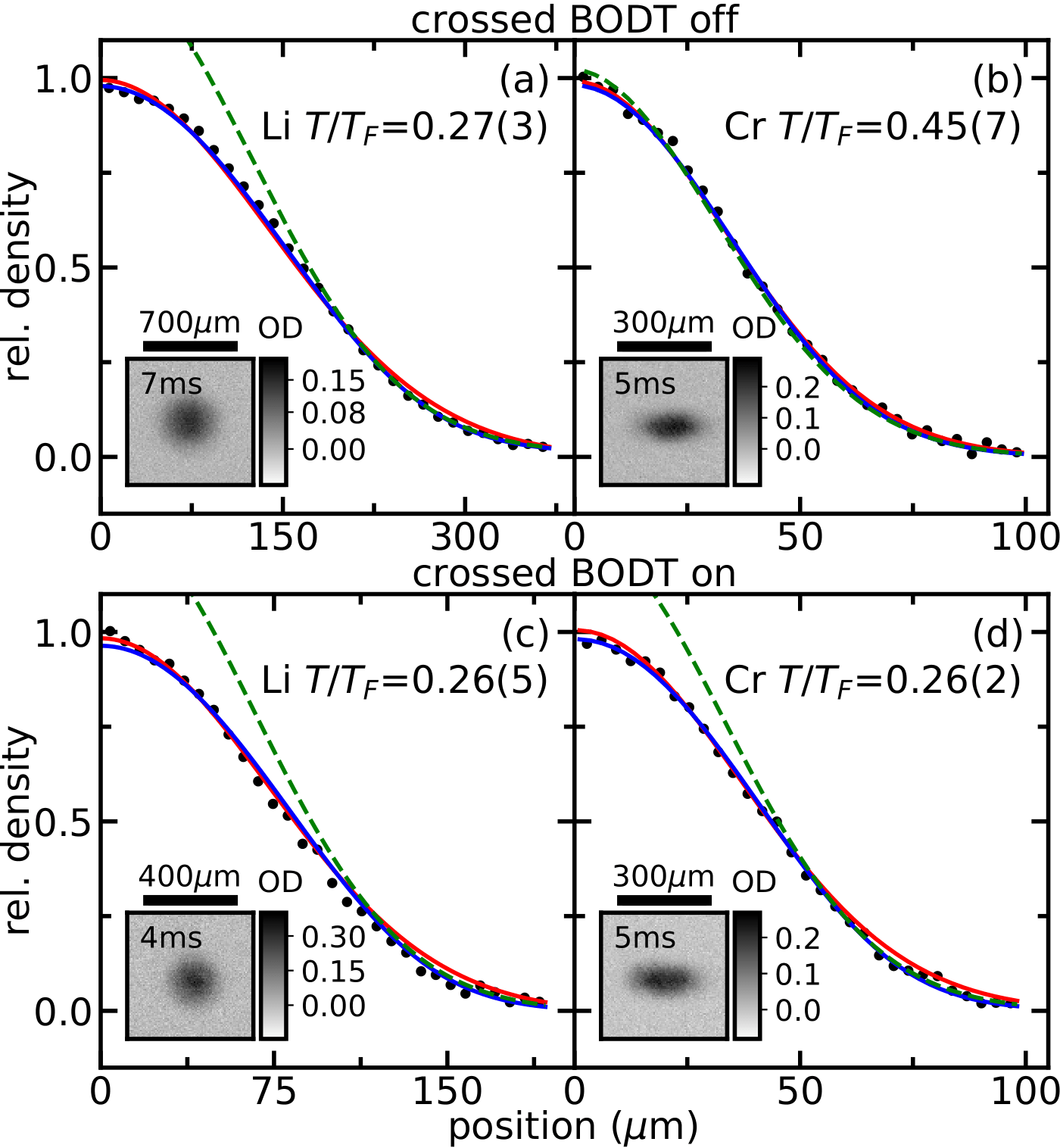 |
We finished the assembly and baking of a really compact ultra-high vacuum apparatus. Ready to host Strontium atoms!. |
LAST NEWS
 |
Max Schemmer has joined the LiCr team as Senior researcher. Viel Glück Max! |
 |
Alessio Ciamei and Max Schemmer have both won the "Young Researcher" grant funded by the Italian Ministry of University and Research (MUR) with 300k€, each for the next 3 years. Buona fortuna a entrambi! |
 |
Persistent currents in a ring are one of the most striking manifestations of quantum system coherence. The periodic boundary constrains the wavefunction phase to wind in an integer number of complete loops, which gives rise to a current. This happens in materials with a macroscopic coherence, like superconductors or neutral superfluids, but also in mesoscopic metallic rings. Besides being a proxy of quantum phase coherence, persistent currents represent a cornerstone for many applications, from precision sensing to quantum computing, that require a fast and controlled current injection and a reliable readout of its magnitude. In our work, we realize a fast and on-demand generation of persistent currents in atomic Fermi superfluid rings and investigate their connection with vortex nucleation. G. Del Pace et al. |
 |
We have reached simultaneous quantum degeneracy for fermionic Li and Cr atoms for the first time. In this work, we explain our all-optical strategy to realize large samples of more than 2x105 6Li and 105 53Cr atoms with T/TF as low as 0.25 in less than 13 s. Moreover, by use of a crossed bichromatic optical dipole trap, we are able to control the relative density and degree of degeneracy of the mixture components. This novel mass-imbalanced Fermi mixture, which we already proved to possess suitable Feshbach resonances in a previous work [Phys. Rev. Lett. 129, 093402 (2022)], opens the way to the observation of novel exotic few- and many-body phenomena, as well as the creation of ultracold polar paramagnetic LiCr molecules. Finally, our experimental methods can be exploited to realize large Fermi gases or homonuclear spin-mixtures of 53Cr, which will enable us to investigate the effects of weak dipolar interactions on BEC-BCS crossover physics. Our results have been recently published in Physical Review A: A. Ciamei et al. |
